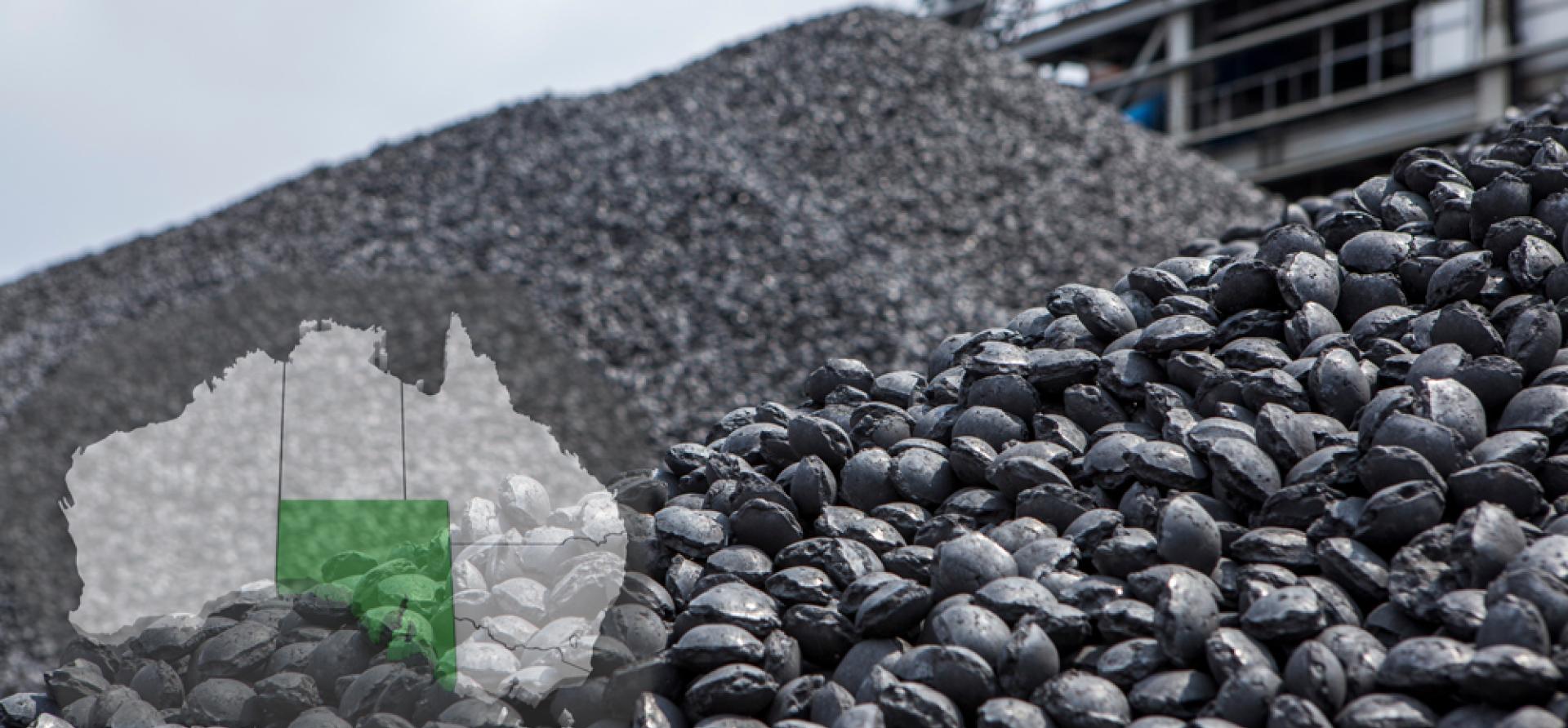South Australia leads nation towards green iron as global competition grows
Download Briefing Note
View Press Release

Key Findings
As the hype over green hydrogen’s potential uses undergoes a reality check, its future role in the production of green iron and steel is firming up.
Australia faces growing international competition in the emerging “green iron” space from the likes of Brazil, Canada the Middle East and North Africa.
As Australia’s attention turns towards the green iron opportunity, South Australia has taken a nation-leading position, greatly helped by its rapidly decarbonising power grid.
Australian governments may need to work with overseas partners to ensure there is a market for future green iron exports, and overcome any reluctance among some steelmakers to import iron instead of making it domestically.
There has been a considerable over-reaction to the news that Fortescue is extending its green hydrogen production timeline and cutting jobs. Some reports have somehow interpreted this to mean that green hydrogen’s decarbonisation role has failed before it has even begun. Fortescue remains focused on four green hydrogen projects, in Australia, Brazil, Norway and the US, and is eyeing four more across the Middle East and North Africa.
The hype around the ambitious production timelines and potential uses for green hydrogen were due for a reality check. Some prospective uses for green hydrogen, such as household heating, never made much sense, and hydrogen fuel cell cars have lost the race to electric vehicles (EVs). Exports of hydrogen look structurally expensive.
However, green hydrogen’s role in some industrial processes is firming up. Iron and steel is one such sector, although there are also other routes to reduce its emissions, including significantly more scrap steel recycling in electric arc furnaces (EAFs).
This has recently been clearly demonstrated in South Australia with the state’s new Green Iron and Steel Strategy, and the launch of its expressions of interest (EoI) process as it targets the development of a hydrogen-based green iron industry with corporate partners by 2030. Domestically produced green hydrogen can be used to process South Australian high-grade iron ore into green iron, which can be exported to steelmakers overseas for processing into low-carbon steel.
Although green hydrogen production is still often relatively expensive, there is potential for a first wave of locations could usher in green iron production using competitive green hydrogen. It has been suggested that future green iron production will be located where there are excellent renewable energy resources and reserves of the high-grade iron ore needed for direct reduced iron (DRI) processes that can produce low-carbon steel. DRI can run on green hydrogen. Coal-consuming blast furnaces can utilise lower grades of iron ore. The first wave of truly green iron projects will likely be located where there is high-grade iron ore and a power grid that is already decarbonised.
Most low-carbon power grids are dominated by hydro power. Where such locations have direct reduction-grade (DR-grade) iron ore reserves they have the potential to produce and export green iron. Start-up H2 Green Steel is located in northern Sweden, where hydro dominates power generation. Its first green iron and steel plant is already under construction, and will use green hydrogen from day one. Parts of Canada and Brazil have similar opportunities. South Australia is unique in that it has decarbonised its power grid through a rapid switch from fossil fuels to wind and solar, giving the state the potential to produce green hydrogen using renewable power that would otherwise be curtailed.
















